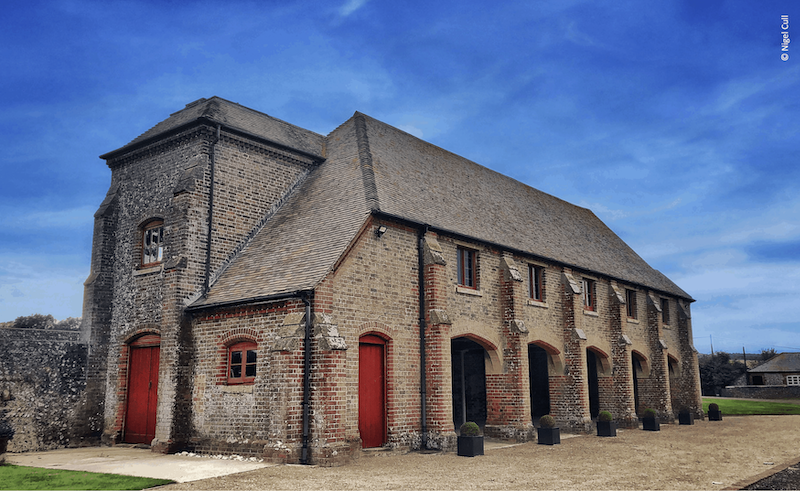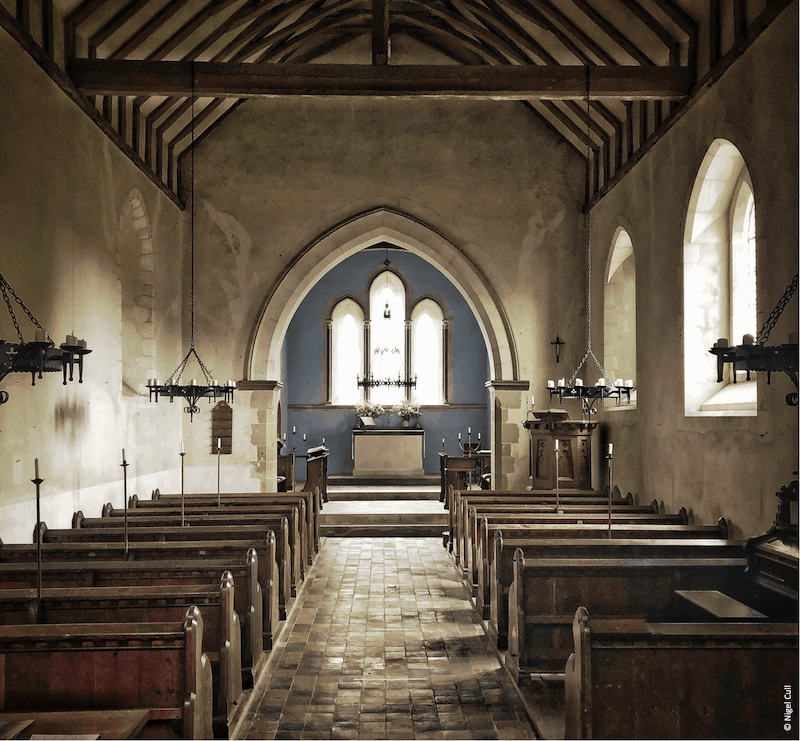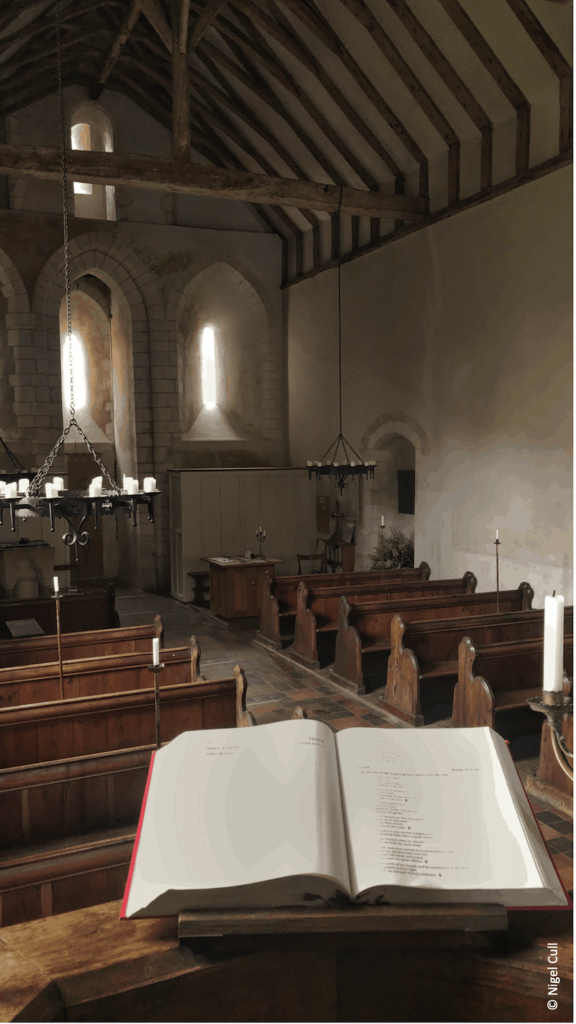Community header template
- Home
arrow_drop_down
- News
arrow_drop_down
- What’s On
- Local Information
arrow_drop_down
- Community Groups
arrow_drop_down
- Business Support
arrow_drop_down
- Advertising Rates
- Business Networks
- Akin Arundel
- Arundel Chamber of Commerce
- Consultants, Admin Support & Office Space
- Film Location & Production Support
- IT & Technical Support
- Legal, Financial Planning, Accountants And Insurance
- Local Publications And Media
- Marketing, Printing & Digital
- Business Newsletter
- Local Directory
arrow_drop_down
- Estate & Lettings Agents & Architects
- Health, Beauty & Wellbeing
- Home & Gardening Services
- Legal, Financial Planning, Accountants And Insurance
- Photographers, Fashion & Lifestyle
- Retirement, Care & Funeral Services
- Travel, Holidays & Languages
- Tradesman, Builders and Property Services
- Vehicle Repairs, Storage, Hire & Taxi Services
- Weddings, Events & Entertainment
- Contact
South Stoke

Originally published Autumn 2020, by Oliver Hawkins
The Bell does not do obituaries as such, but the passing in June of Jill Haydon, doyenne of South Stoke, prompts Oliver Hawkins to reflect on the unique character of this Arun valley hamlet.
WHY a tiny church in West Sussex, and another seventy-six churches across England, should be dedicated to an obscure sixth-century French hermit is one of the curiosities of the Christian tradition. There is no historical evidence for the existence of the man, and yet he became one of the most popular saints in Western Europe in the Middle Ages. His most notable patronages were of pregnant women, captives such as prisoners of war, and diseases in cattle, which gave him a usefully wide remit in the medieval imagination.
It was in the eleventh century, precisely the time that St Leonard’s cult began to be established, that the church in South Stoke was built, and so it is rather less surprising that it was his patronage that the priests at the time chose to invoke. The church still has a strong Norman character, unspoilt by windows and other additions made in the following centuries. The wonderful fairy-tale tower, disapproved of by architectural purists as an over-sized Victorian extension, is to some of us the crowning glory of a place of worship that has survived for almost a thousand years. The beautifully simple interior of the church cannot be accused of pandering to modernity. With no electricity all the lighting is by means of candles, keeping the churchwardens busy lighting up and snuffing out, and parishioners know to dress warmly for winter-time services. Until as recently as the 1920s the church was fully independent, but is now part of the Arundel parish of St Nicholas, its monthly Communion and Evensong services taken by St Nicholas clergy.
The service for which St Leonard’s is best known, however, is the traditional Christmas Eve carol service organised by local South Stoke families.
The service for which St Leonard’s is best known, however, is the traditional Christmas Eve carol service organised by local South Stoke families. Older residents will remember the early days of the service, the walls decorated with branches of greenery as they might have been in the very first days of the church, candlelight from the great iron chandeliers, a wheezing harmonium, and an enormous cauldron of soup simmering on a stove at the back. The tradition of the soup has been abandoned, but in other respects the Christmas Eve service is unchanged and as popular as ever, for the past few years very much in the hands, and voices, of the Haydon family.
St Leonards has for over fifty years been well served by the Haydons. Reg Haydon and his wife Jill took over the tenancy of the farm in September 1969, Reg having been based previously at Brinsbury Agricultural College. Since then the farmhouse has acted as an extended sacristy for the vestments, stocks of candles and all the paraphernalia of an active church. Reg served as a churchwarden for almost all his time at South Stoke, with Jill making sure that his successors were directed and supported as necessary. Parish priests came and went, but there was never any doubt as to who held the reins. As a passionate and absolutely fearless horsewoman Jill would have approved of the choice of words. Until her very last illness her energetic dedication to St Leonards was matched by her commitment to her horses, getting up at dawn to ride, making light of terrifying injuries, only bothering to go into town to pick up her copy of The Racing Post. It was not unusual for visitors to the farmhouse to find themselves roped in to help apply a poultice to a lame mare, and Reg once joked that he’d get better attention if he moved into the stables. The whole family loved racing and point- to-points, and one of the delights for those seeking restroom facilities was to find the loo located in the middle of an enormous tack-room full of the rosettes won by her children, Samantha, Ryan and Merrick, in the local gymkhanas. When a grandson was offered a place at Cambridge Jill was deeply worried that it would interfere with his riding. It must have given Jill the greatest satisfaction that after Reg’s retirement Ryan was able to take on the tenancy of the farm, and maintain such a well-established link between the family and the village.
Adjoining the farmhouse is a magnificent granary barn, built by Henry XV Duke of Norfolk in the late nineteenth century. Henry’s grandfather, the XIII Duke, had set an example, building a number of agricultural buildings around the estate to the highest architectural standards. Henry, an enthusiastic builder, was happy to continue the tradition, and in common with other public-spirited landowners, was keen to provide employment during a period of severe agricultural recession. As practices
changed, and the use of the barn became less essential to the South Stoke farm, other uses have been developed.
In the late 1980s and early 1990s Bill Brennan’s Drip Action Theatre Company put on a series of river-based plays, taking boatloads of theatre-lovers up from Arundel to South Stoke, with the play unfolding on board. Reg, sympathetic to the performing arts as an occasional contributor to Farming Today, allowed one of the plays to culminate in the barn. This proved successful, and for a subsequent production he ferried the cast and the audience up to the barn from the Black Rabbit pub on two tractors and trailers, he, Merrick and Samantha driving. Later still, he lent the company Rocky the horse

for a walk-on part, and his precious Rolls- Royce for a brief cameo appearance. More conventional drama was to follow and since 2003 Drip Action has run its annual mid- summer production at the barn. From these beginnings the barn has developed as a venue for plays and concerts, and increasingly as an ideal countryside setting for social events such as parties and weddings.
How will South Stoke fare without Jill? The farm is in good hands, and the nature of the tenancy guarantees a third generation term if desired. The barn, beautifully refurbished, should bounce back into action as the lockdown restrictions are relaxed. St Leonards church has managed to navigate its way through centuries of religious, social and economic change, and will doubtless continue to do so. One of Jill’s great enthusiasms was for an Advent Fayre in aid of the church. Ryan would appear with a horsebox loaded with a mountain of bric-a-brac and rail after rail of well- worn garments. Family, friends and neighbours would
be marshalled into action. Always notable among the helpers were those non-church-goers who, as Winston Churchill put it, ‘support the church from outside, like a flying buttress’. With Jill drumming up trade from her chair by the entrance to the Red Cross Centre people flocked in, and the unprepossessing articles overflowing from the trestle tables would gradually be transformed into gold, ensuring a further lease of life for St Leonards. Whether the sale will happen in these troubled times, and without Jill’s firm insistence, is yet to be seen. Either way her presence will still be felt.
St Leonard’s regular Sunday services:
9.00am Holy Communion- Second Sunday of the month only
3.00pm Book of Common Prayer Evensong- Fourth Sunday of the month only
(see the St Nicholas website – stnicholas-arundel.co.uk – for updates)

